
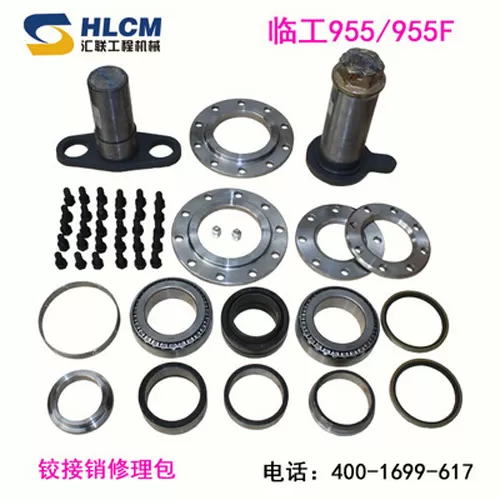
Privacy statement: Your privacy is very important to Us. Our company promises not to disclose your personal information to any external company with out your explicit permission.
Model No.: LG953 XG953III
Brand:HL
Warranty:3 Month
Certification:ISO
Condition:New
Rated Load:3-6t
Transmission:Hydraulic
Load and Unload Mode:Front Discharge
Walking Mode:Wheeled
Type:Medium-sized Loader
Packaging:box
Productivity:10000
Transportation:Ocean,Land,Air
Place of Origin:CHINA
Supply Ability:1000 Pc per day
Certificate:ISO
Port:SHANGHAI,GUANGZHOU,QINGDAO
Payment Type:L/C,T/T,D/P,Paypal,Money Gram,Western Union
Incoterm:FOB,CFR,CIF,EXW,CPT,CIP
The current loaders usually adopt a waist-steering design. The front and rear frames are connected by hinge Pins. The hinge pins are subjected to multiple forces during the work process, and their state is very similar to the waist, which is the center of human movement, so it is also commonly called For the waist axis. The design of the hinge parts has a key influence on the stability of the whole machine. The frame of the loader with the waist-steer has the characteristics of thick at both ends and thin in the middle. The hinge pins are thin and need to bear forces in multiple directions at the same time. The most common structure is the sandwich type, that is, there is a single double hinge plate on the upper and lower sides of the front and rear frames, and the upper and lower hinge pins pass through the hinge plates along a concentric line to connect the front and rear frames. Although the fixing methods, bearing types, and positioning methods of the pin shaft and the hinge plate of each vehicle model are different, the force characteristics of this part are the same. The first function of the hinge pin is to transmit driving force. Most of the loaders use 4-wheel drive, and the front and rear axles each contribute half of the driving force. This force will promote the tendency of the two frames to squeeze each other (academic name stress), and the installation state of the pin shaft is supported at both ends The middle part of the seat hole of the double hinge plate is the force transmission point of the single hinge plate, and this force state is academically defined as shear stress. The second function is to ensure the reliability of the front and rear body connections when the Bucket is digging/transporting materials. In these two conditions, there are two levers as a whole: the front wheel acts as a fulcrum, and the body weight and length after the front wheel touchdown point balance the digging resistance of the bucket before the front wheel touchdown point plus the weight of the working device; The other is based on the hinge pin as the fulcrum, and the weight of the front body is added to balance the weight of the rear body. Both of these levers have a tendency to bend the body from the hinge pin position. From the perspective of detail, the upper hinge pin is separated to both ends and the lower hinge pin is squeezed. However, the similarities tend to cause all hinge plates to bend. Since the maximum breakout force of most models can lift the rear body off the ground, the force at the hinge pin is the largest at this time, which is approximately equal to the dead weight plus the rated weight (this conclusion comes from a public paper published by a member of Liugong Research Institute). At the same time, there is friction resistance when the bearing rotates, but it is very small compared with other forces. In the working process of the loader, the hinge pins are simultaneously subjected to these forces. No matter which specific articulated installation form is adopted for the same vehicle type, the strength it bears is the same. Although the hinged plate welded by steel is very hard, it will deform when subjected to a force exceeding its strength. Among the forces on the hinged plate, the bending moment caused by the weight of the material or the resistance of shoveling will cause it to bend slightly, and the pin holes/upper and lower hinge pins on the bottom of the double hinged plate will be deformed due to the difference in force. The amount is also different: the upper end plate is larger than the lower plate, and the upper hinge is larger than the lower hinge. It should be pointed out that the higher the distance between the lower hinge point and the ground, the closer the distance between the two hinge points, the greater the deformation. The designer needs to calculate the thickness of the steel plate during design to ensure that the hinged plate can recover by itself after deformation. Because the deformation of the lower hinge point is small, the positioning function is generally placed at the lower hinge point to help extend the life of the parts. From a wide range of examples, articulated bearings used joint bearings/floating pin shafts in the early days, and now heavy-duty vehicles use tapered roller bearings. The life of the former is obviously not longer than that of the latter. The fundamental reason is that the articulated bearing is limited by its own performance and bears the axial force worse than the tapered roller bearing. As shown in Figure 2, when the single hinge plate is under heavy load, the pin shaft will receive an upward force due to the upward deviation. The joint bearing has a thinner edge while the tapered roller bearing is thicker. The edge bears this force, coupled with the material difference between the two, the difference in life span is obvious.

Product Categories : Home > Products > Working Device System > Pins
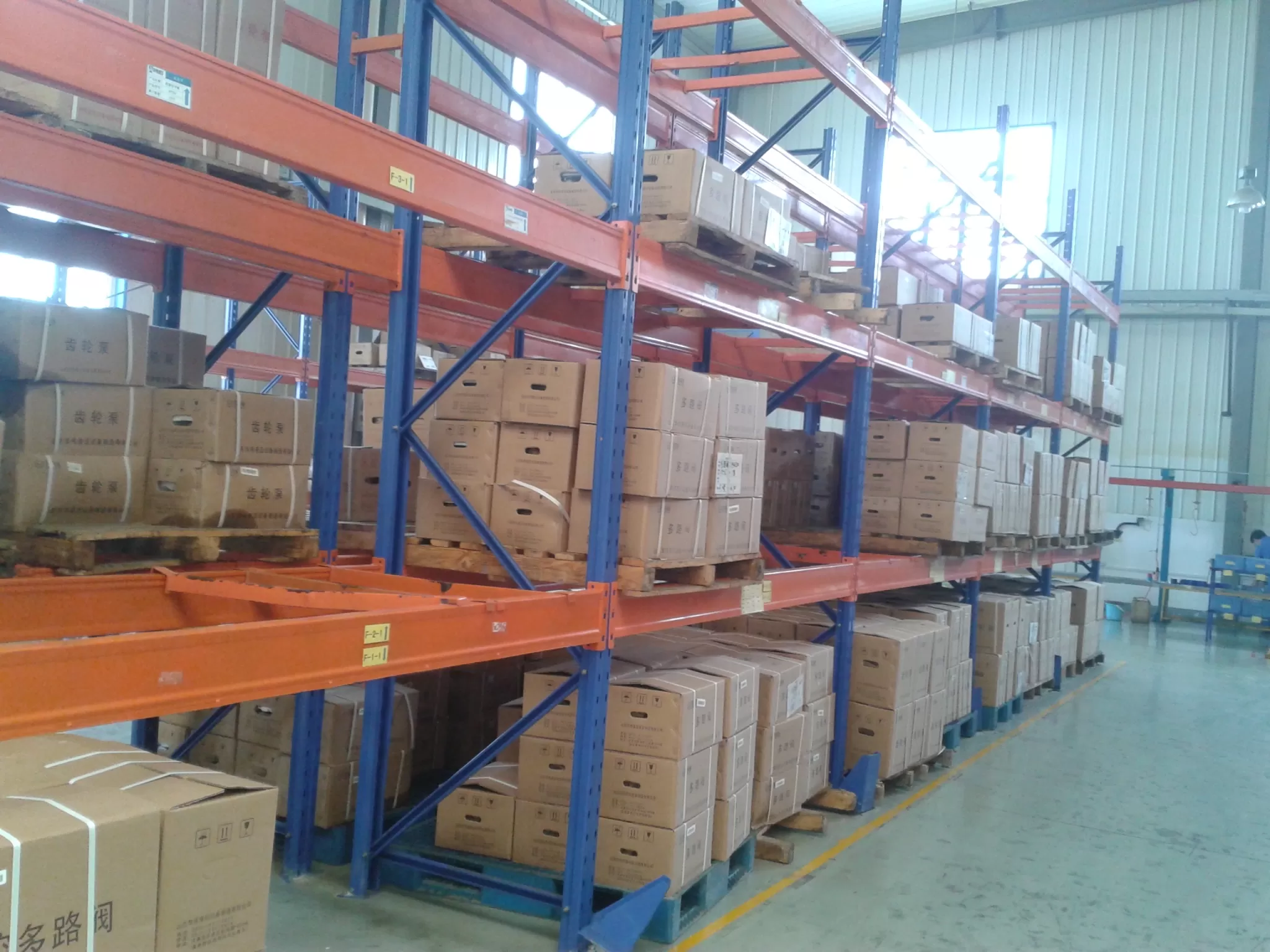
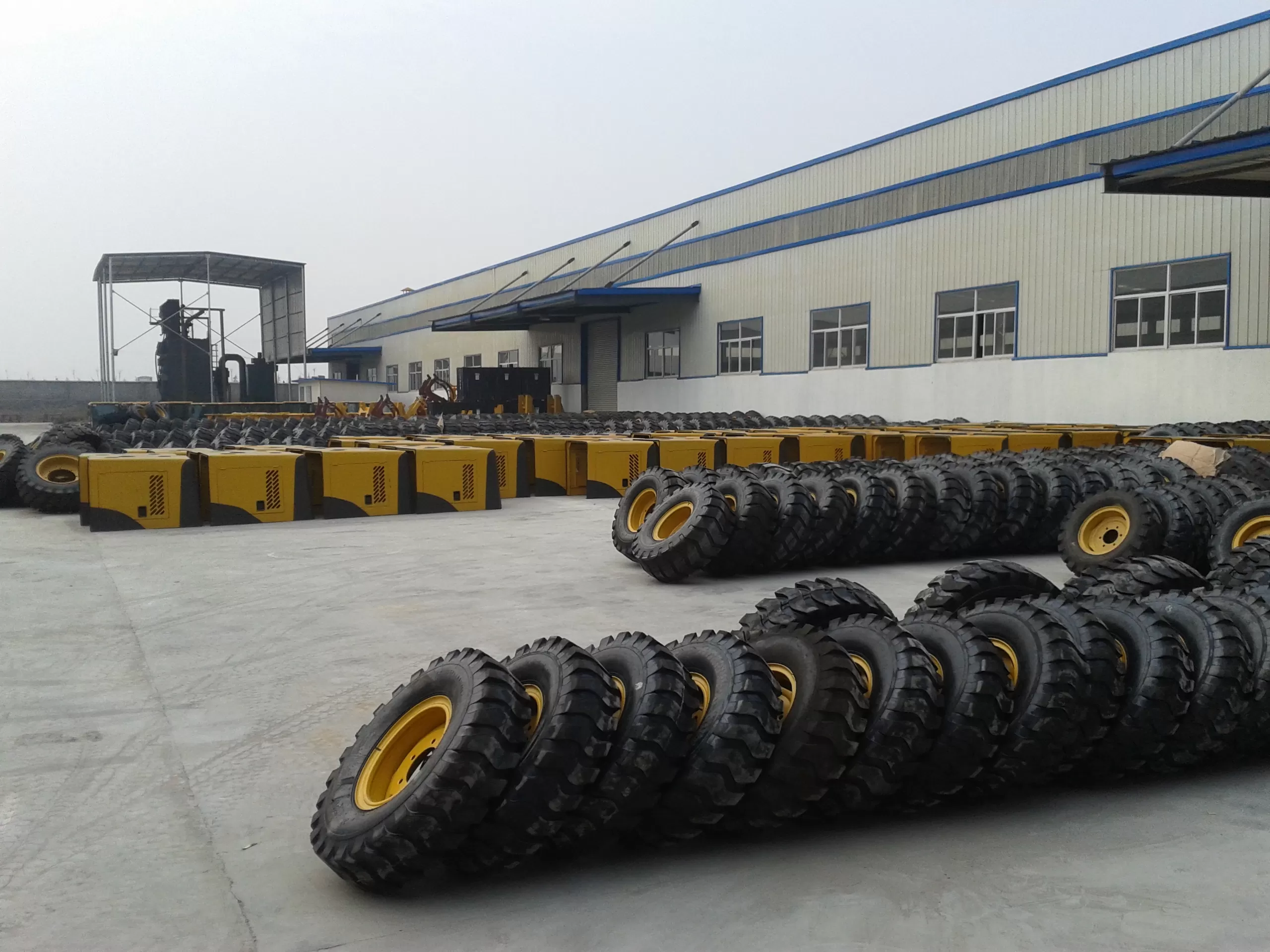
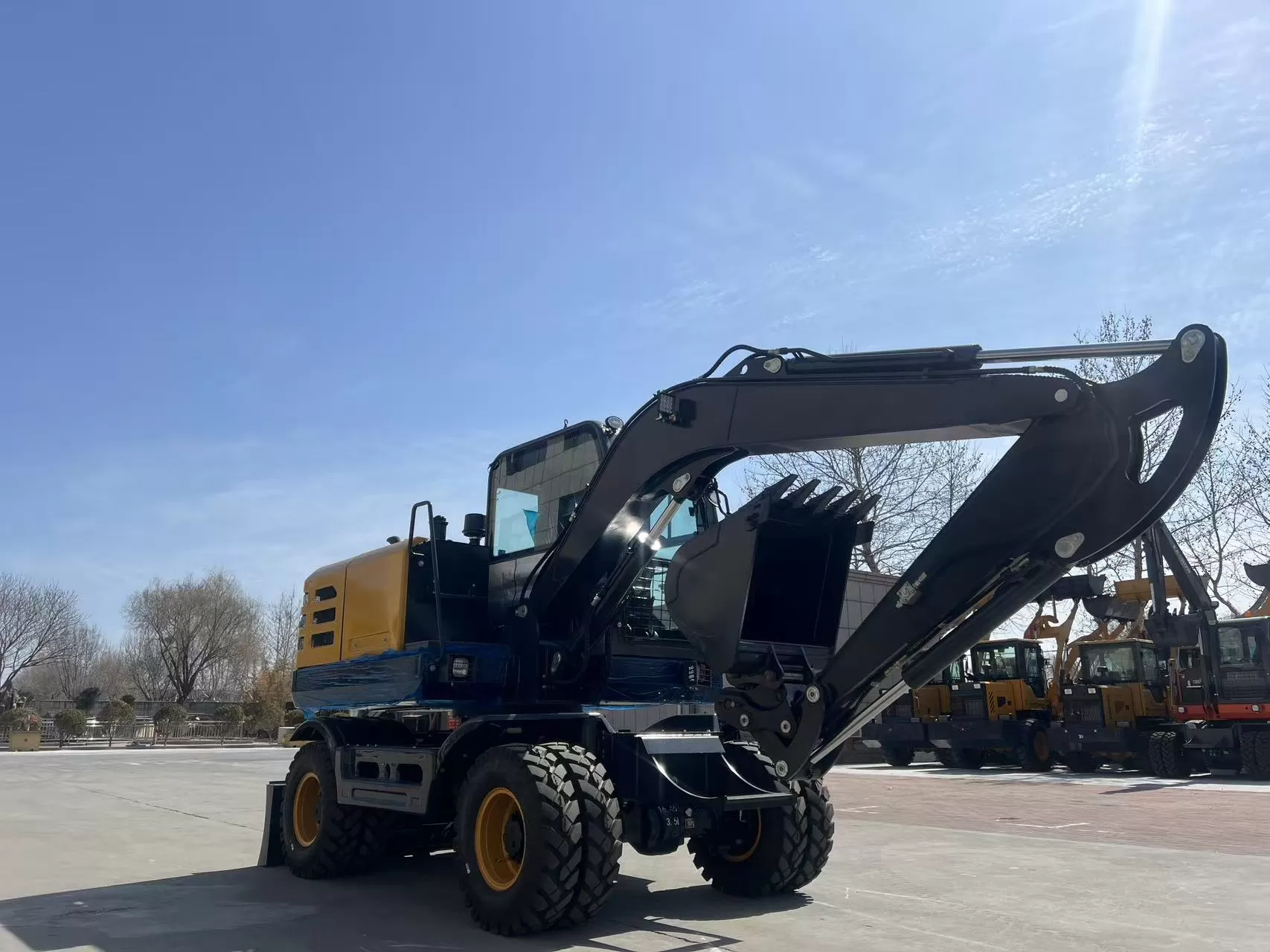

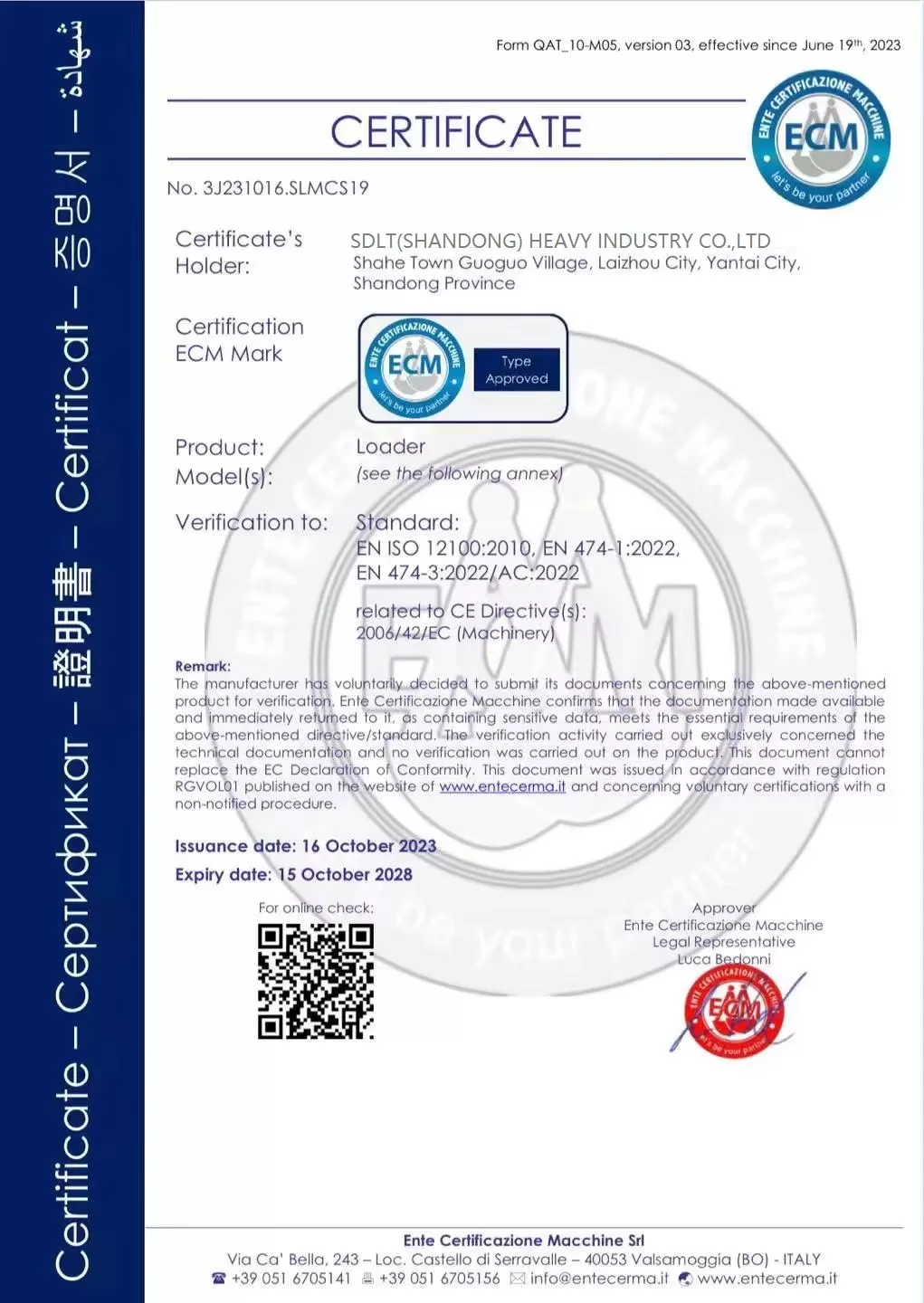
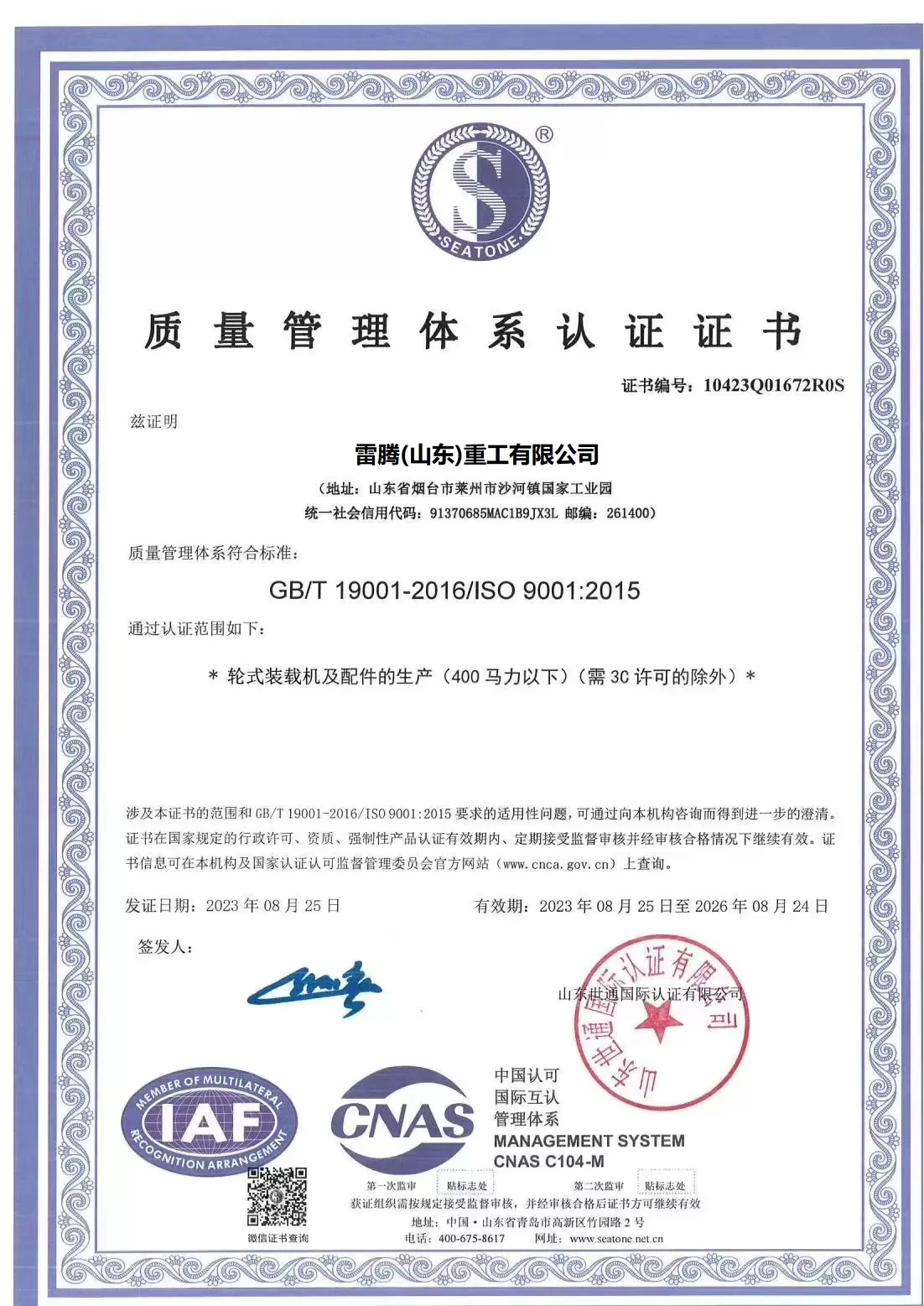
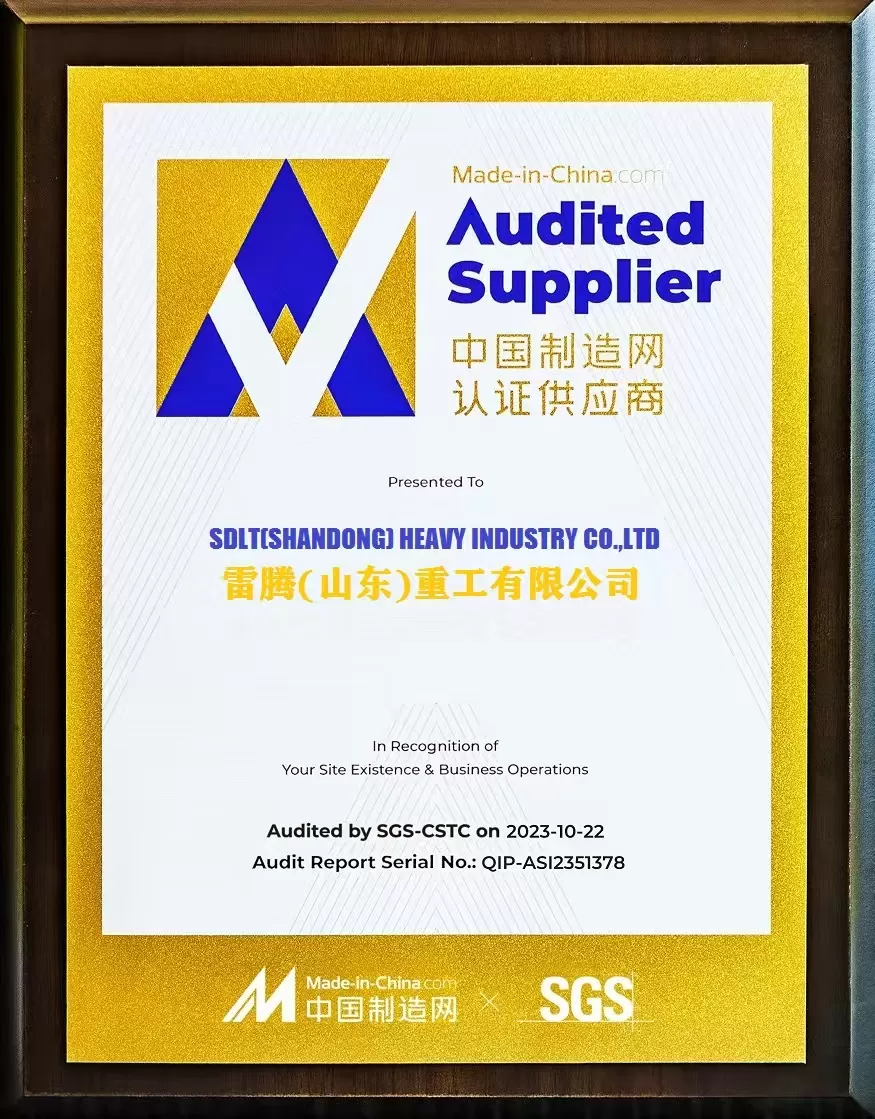
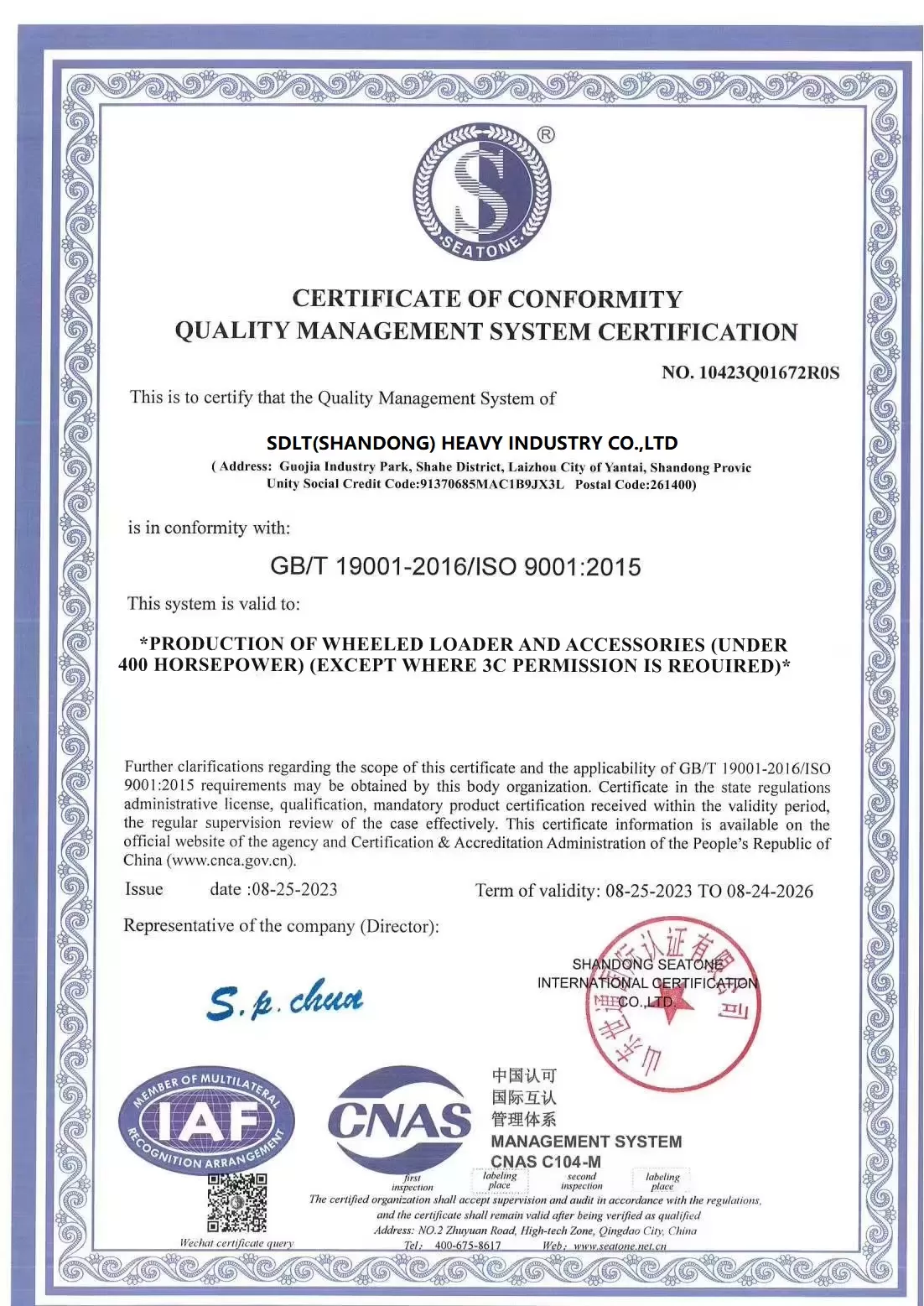



Privacy statement: Your privacy is very important to Us. Our company promises not to disclose your personal information to any external company with out your explicit permission.